Novartis boss Vasella exits amid controversy
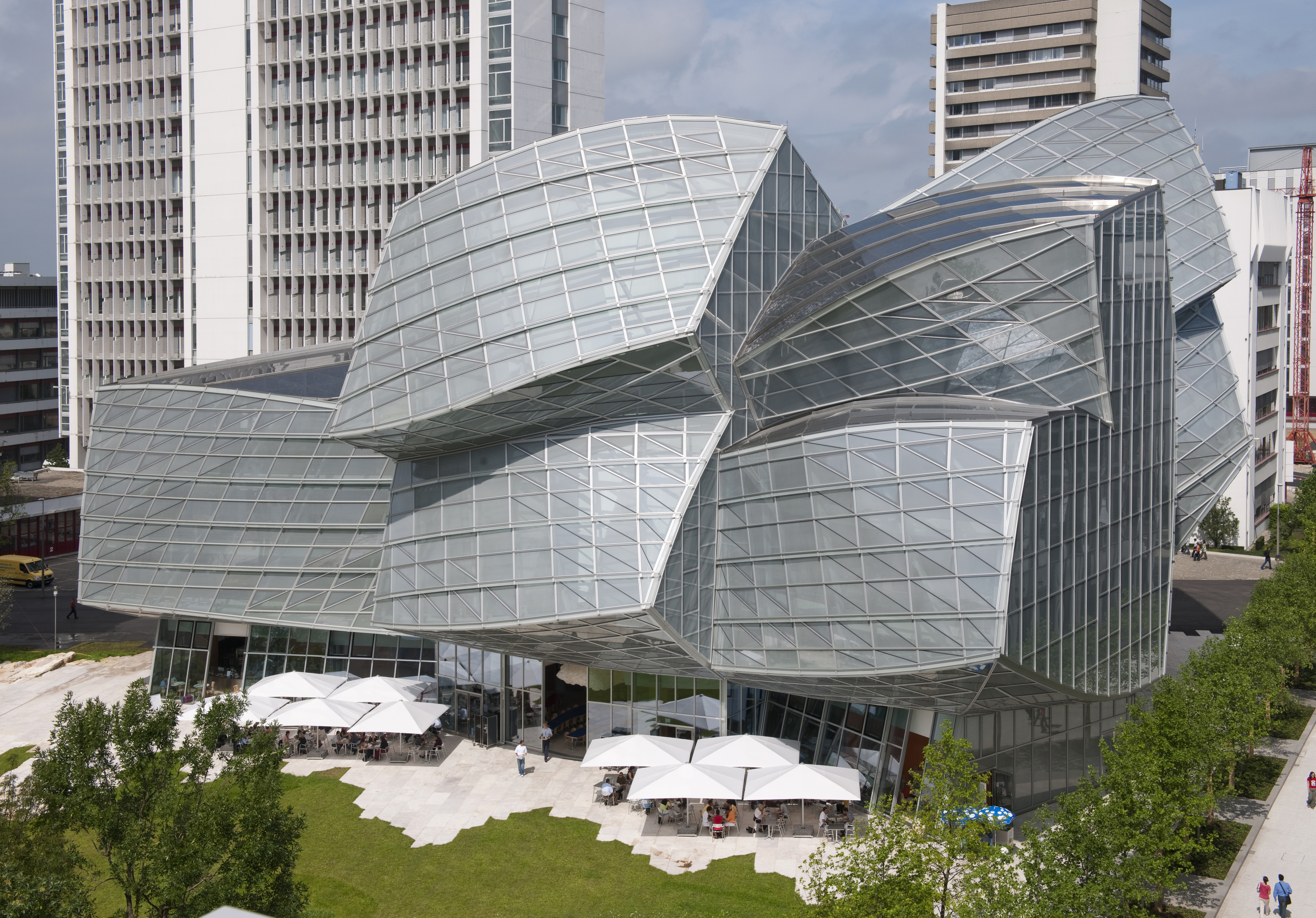
Wonder manager or symbol of the fat cat culture? Switzerland could hardly have witnessed a more polarising corporate figure in the past 20 years than outgoing Novartis boss Daniel Vasella.
“Personally, I have welcomed the wages that I have received,” a broadly smiling Vasella told Swiss television at the end of January after announcing his intention to stand down as chairman of the pharmaceuticals giant on February 22.
Vasella stayed true to his word, accepting a so-called “non-compete” pay-out of up to CHF72 million ($78 million), until being forced to forgo the settlement in the face of relentless public and political pressure.
The “golden gag”, designed to stop Vasella from working for Novartis competitors for up to six years, was to come on top of the estimated CHF300 million he received in pay and bonuses during his 17-year reign as chief executive and chairman.
Despite Vasella’s promise to contribute the CHF72 million to philanthropic projects, Novartis later issued a statement pulling the plug on the deal.
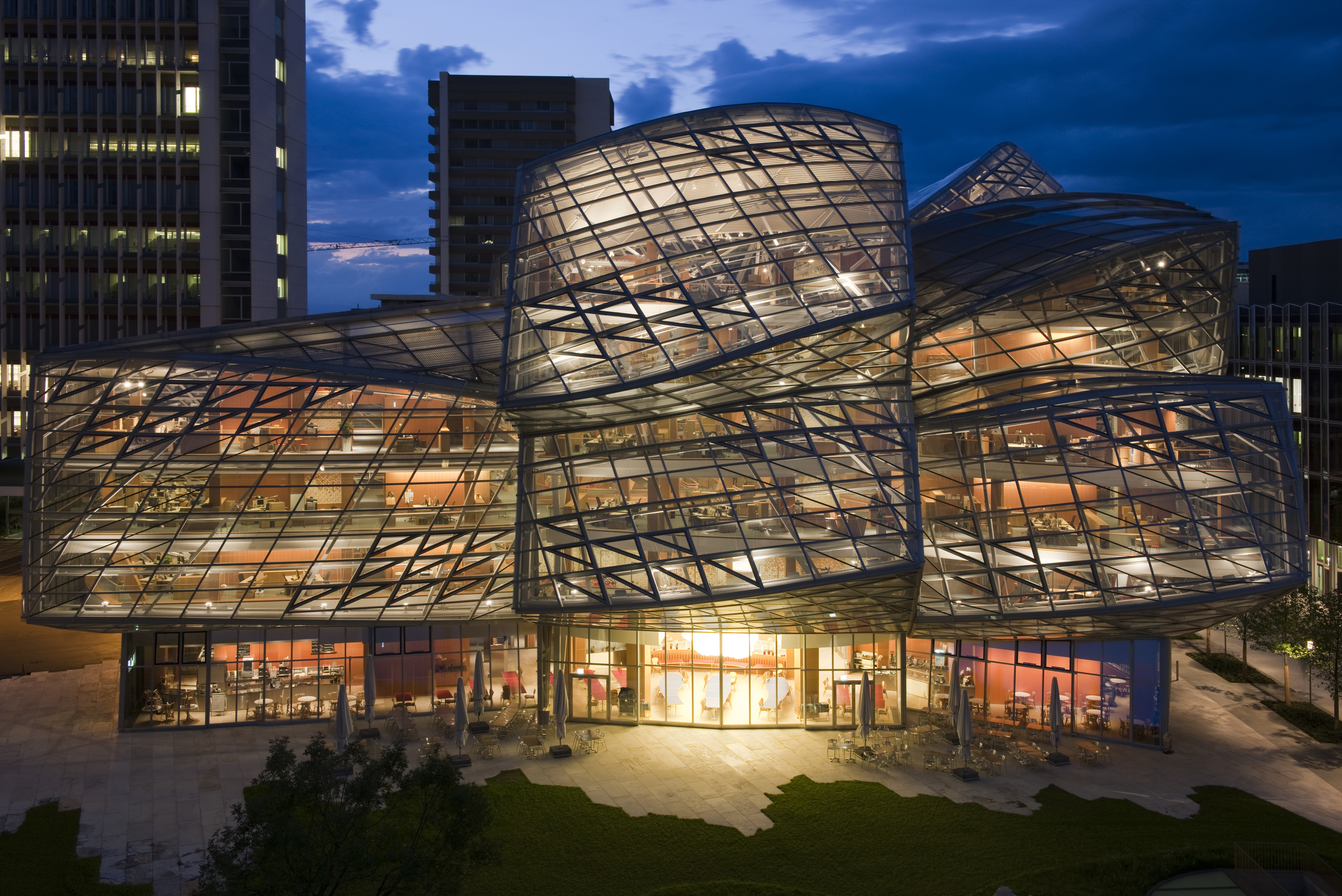
More
A workplace full of twists and turns
Fat cat vote
Government ministers, business groups, the media, shareholders groups – practically everyone in Switzerland was enraged by the proposed payout.
The Novartis board will likely still be taken to task by shareholders – some of whom had threatened legal action to block the payout – at its annual general meeting on Friday for even dreaming up the plan in the first place.
The sheer scale of the intended payment, coupled with secrecy surrounding it (news was broken by an investigative reporting website), has added momentum to a campaign to rid Switzerland of “excessive” executive pay.
Voters will decide on March 3 whether to endorse a popular initiative to rein in pay and bonuses with a change in company laws that would give shareholders a great say in remuneration packages.
Born in Freiburg in 1953, Daniel Vasella is now a resident of Poschiavo in canton Graubünden.
After studying medicine in Bern, he became a doctor – and then head doctor – at the University Hospital, Bern.
In 1978, he married Anne Laurence Moret, niece of Marc Moret, the former boss of Basel pharma concern Sandoz – now merged with Ciba-Geigy to become Novartis.
In 1988, Vasella joined the Sandoz operation and moved to the US. He later studied management at Harvard Business School.
He became chief executive of the newly formed Novartis in 1996, also taking the role of chairman three years later.
In 2008, Vasella bypassed the company rules that limited the duration of the chairman’s term in office. Two years later he resigned his post as CEO and on February 22, 2013, ended his association with Novartis by stepping down as chairman.
In his 17 years at Novartis, Vasella accumulated CHF300 million in pay and bonuses. The economic journal Bilanz estimated his fortune at CHF150 million in 2012.
Business acumen
The raging argument about Vasella’s millions has overshadowed his reputation as a business leader and pushed all his achievements with Novartis into the background.
Economic journalist and author René Lüchinger gives a positive verdict of Vasella’s contribution to industry. Applying a so-called “ever-greening” strategy – making alterations to a drug to gain an extended patent – Vasella managed to extend most profitably life cycles for medicaments, Lüchinger said.
Vasella also steered Novartis into the business of producing cheaper generic drugs. “He not only realised how the generic drugs industry would develop, he reacted to it by breaking taboos,” Lückinger, former editor at the economics journal Bilanz, told swissinfo.ch.
Lüchinger also defended Vasella’s tarnished image, insisting that he was not the money-driven fat cat manager as portrayed by his enemies in Switzerland.
“What is perceived by the Swiss as arrogance is simply his honest conviction that ‘I am worth what I am worth’,” he said.
Tainted by controversy
Lüchinger says there is no comparison between Vasella and another favourite Swiss “fat cat”: former UBS boss Marcel Ospel.
“There’s hardly any difference between the wages,” he admitted. “But Ospel never created a single product. He just drove UBS to the brink of bankruptcy so that it needed bailing out by the tax payer.”
“[Vasella] planted a strong tree in the [corporate] landscape,” he added, referring to the merger of Ciba-Geigy and Sandoz into a company that today has become a leading powerhouse in the pharma industry.
Economist and former politician Rudolf Strahm also recognises the worth of Novartis, which he places as number two in the world behind Pfizer. Vasella practically doubled Novartis’s turnover.
But the praise ends there from Strahm. “Vasella was exposed by the bonus controversy that contaminated the whole management culture of Switzerland,” he said. “The bonus culture has resulted in a loss of confidence in executives.”
India patent fight
Vasella also committed a “serious error” by trying to merge Novartis with rival Swiss pharma giant Roche, according to Strahm.
“The creation of a single pharmaceutical conglomerate would have had a devastating impact,” he said.
Novartis has also fallen foul of pressure groups, such as Médecins Sans Frontières (MSF). The group is particularly annoyed at the company’s legal fight in India over the patent protection of its cancer drug Glivec that has been dragging on since 2005.
MSF accuses Novartis of using the ever-greening technique by introducing a new version of its blockbuster drug to extend its patent protection, thus hindering the introduction of cheaper generics into the income-poor market.
“It is unacceptable to [alter] a main active ingredient to extend patent protection for another 20 years,” MSF pharma watcher Andrea Isenegger said. “This restricts poor people’s access to cheaper generics.”
Novartis was formed in 1996 from the fusion of Basel pharma and chemical firms Ciba-Geigy and Sandoz.
The roots of Novartis can be traced back to the Basel colour dye industry of the 19th century.
During Vasella’s 17-year tenure, Novartis’s revenues increased from CHF31 billion (1997) to CHF52 billion (2012). The company currently employs 123,000 staff worldwide.
In this period the company realised accumulated profits of some CHF85 billion.
Today, Novartis is the second-largest pharma concern behind Pfizer of the US.
Novartis is noted for its diversified business strategy and acquisitions of other companies, such as eye care specialist Alcon – a deal worth around CHF50 billion that was completed in 2010.
Today, Novartis has six main business lines: pharma, eye care, generics, vaccines, over-the-counter drugs and pet healthcare.
(Translated from German by Matthew Allen)

In compliance with the JTI standards
More: SWI swissinfo.ch certified by the Journalism Trust Initiative
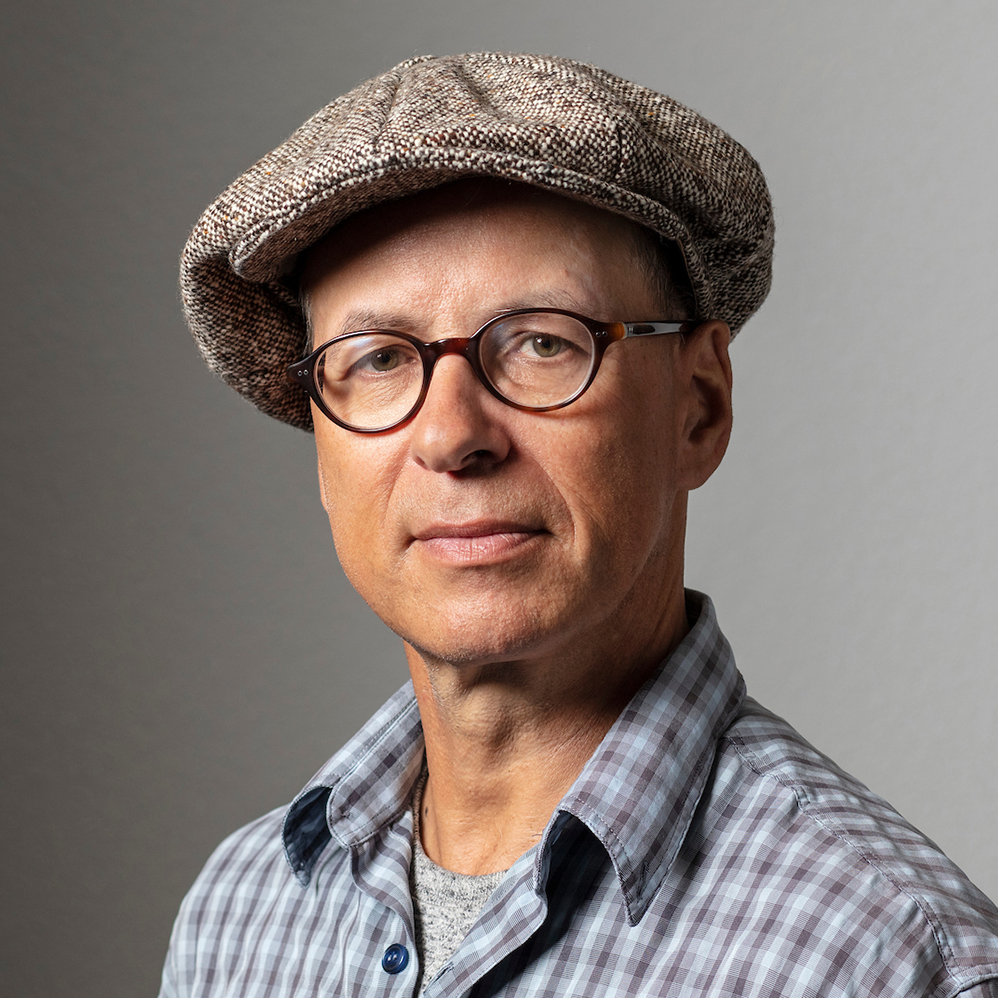
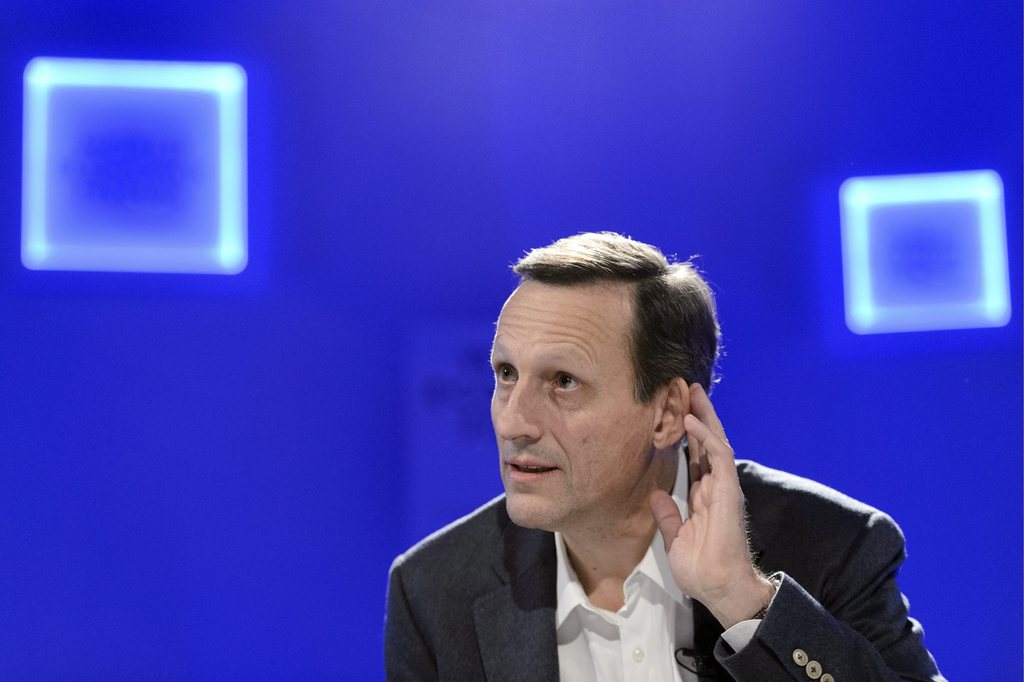
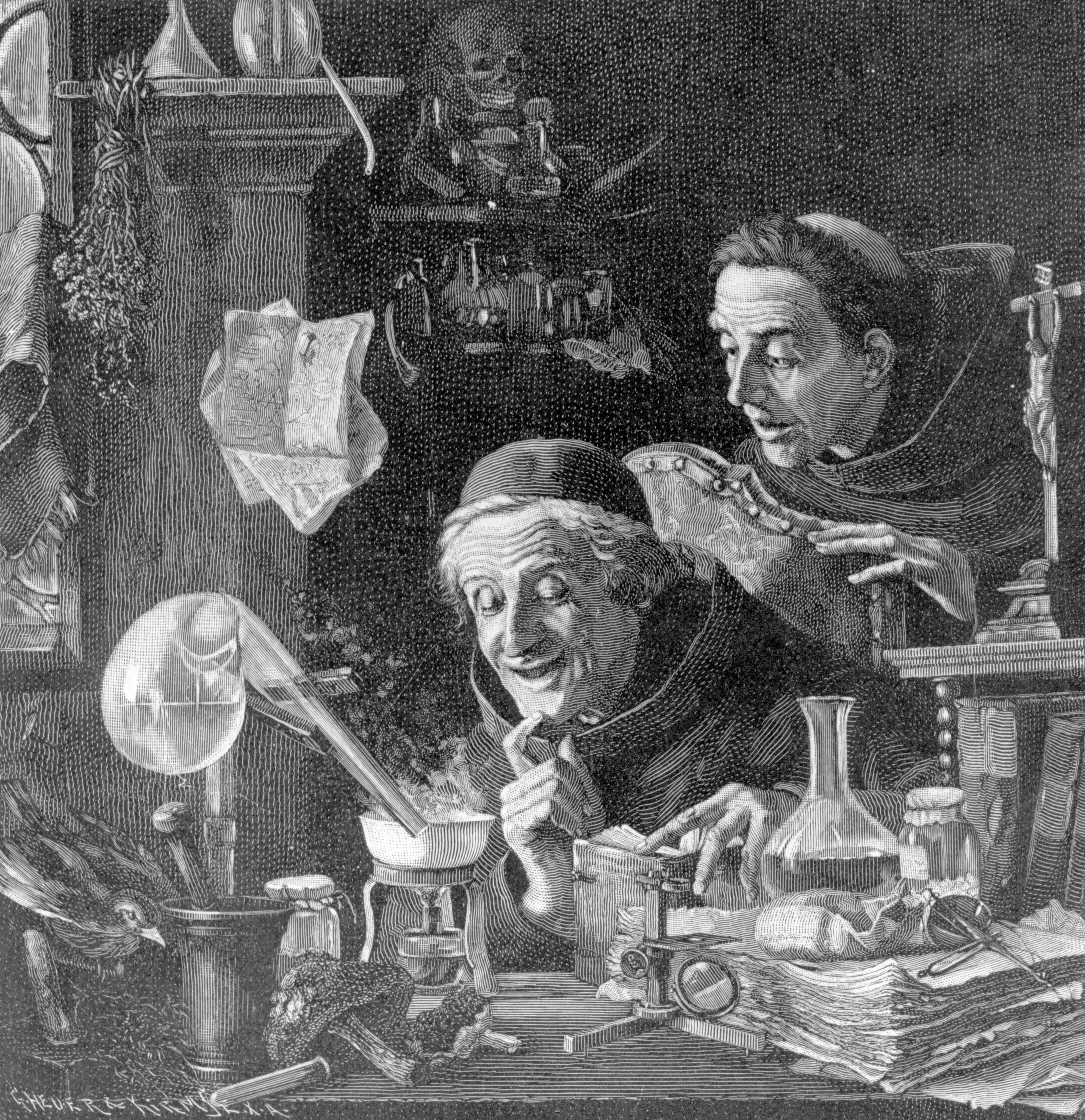
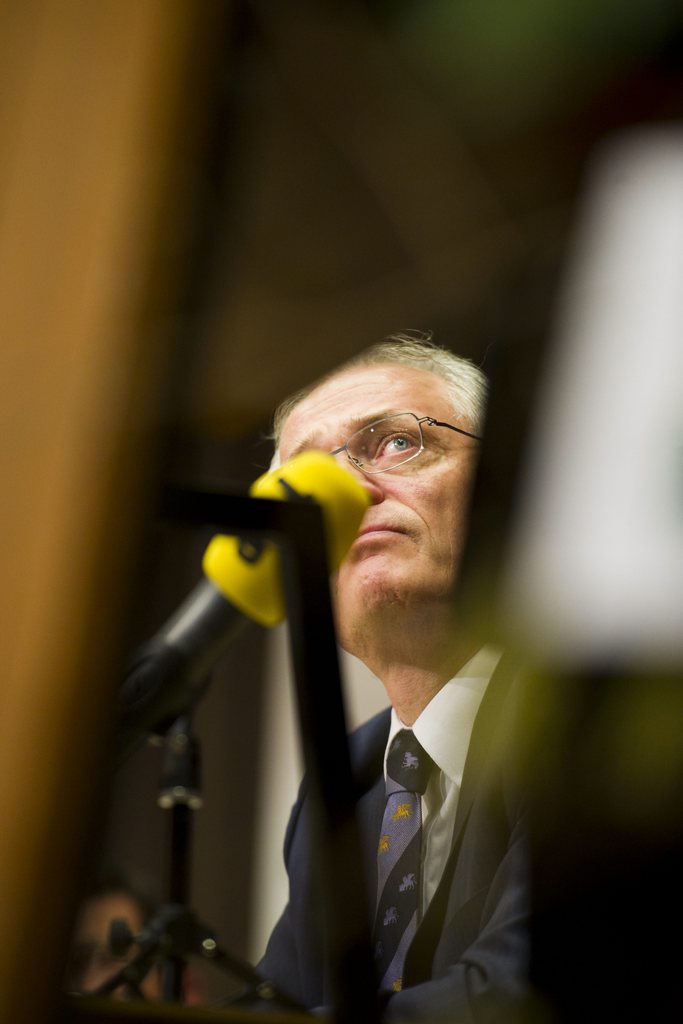
You can find an overview of ongoing debates with our journalists here. Please join us!
If you want to start a conversation about a topic raised in this article or want to report factual errors, email us at english@swissinfo.ch.